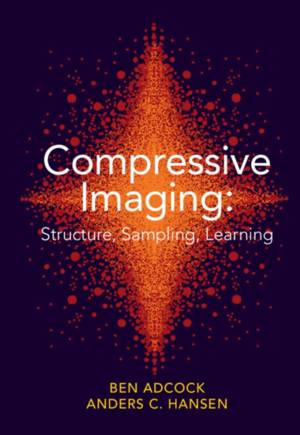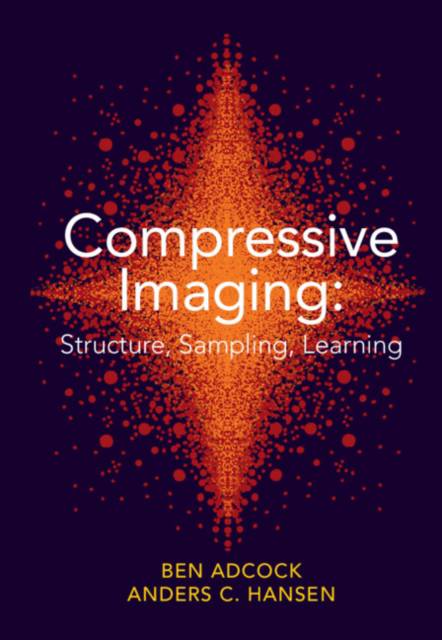
- Afhalen na 1 uur in een winkel met voorraad
- Gratis thuislevering in België vanaf € 30
- Ruim aanbod met 7 miljoen producten
- Afhalen na 1 uur in een winkel met voorraad
- Gratis thuislevering in België vanaf € 30
- Ruim aanbod met 7 miljoen producten
Zoeken
€ 128,45
+ 256 punten
Omschrijving
Accurate, robust and fast image reconstruction is a critical task in many scientific, industrial and medical applications. Over the last decade, image reconstruction has been revolutionized by the rise of compressive imaging. It has fundamentally changed the way modern image reconstruction is performed. This in-depth treatment of the subject commences with a practical introduction to compressive imaging, supplemented with examples and downloadable code, intended for readers without extensive background in the subject. Next, it introduces core topics in compressive imaging - including compressed sensing, wavelets and optimization - in a concise yet rigorous way, before providing a detailed treatment of the mathematics of compressive imaging. The final part is devoted to recent trends in compressive imaging: deep learning and neural networks. With an eye to the next decade of imaging research, and using both empirical and mathematical insights, it examines the potential benefits and the pitfalls of these latest approaches.
Specificaties
Betrokkenen
- Auteur(s):
- Uitgeverij:
Inhoud
- Aantal bladzijden:
- 614
- Taal:
- Engels
Eigenschappen
- Productcode (EAN):
- 9781108421614
- Verschijningsdatum:
- 16/09/2021
- Uitvoering:
- Hardcover
- Formaat:
- Genaaid
- Afmetingen:
- 198 mm x 246 mm
- Gewicht:
- 1315 g

Alleen bij Standaard Boekhandel
+ 256 punten op je klantenkaart van Standaard Boekhandel
Beoordelingen
We publiceren alleen reviews die voldoen aan de voorwaarden voor reviews. Bekijk onze voorwaarden voor reviews.








